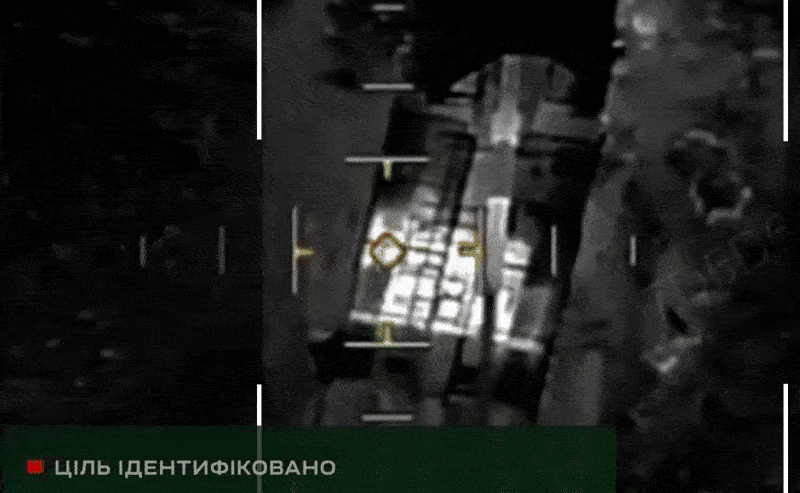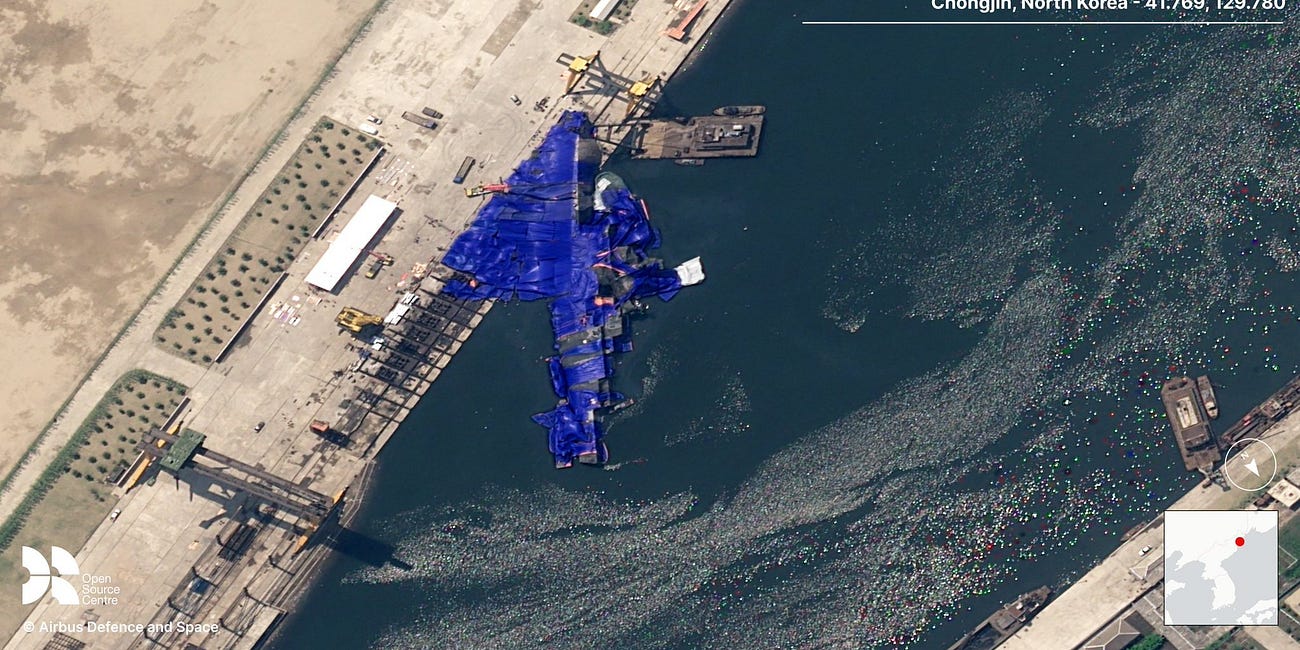Hundreds of North Korean Howitzers and Rocket Launchers Are Rolling into Eastern Ukraine
They're 'hard to destroy'
Russian field armies are concentrating more North Korean artillery and rocket launchers in eastern Ukraine.
The North Korean vehicles, including M1989 self-propelled howitzers and M1991 rocket launchers, “are becoming more popular at the front line,” reported Kriegsforscher, a drone operator supporting Ukrainian forces apparently around Terny, in Donetsk Oblast in the east.
Desperate to make good the loss of nearly 2,000 howitzers and launchers in the first three years of its wider war on Ukraine, Russia traded military technology—potentially including tech for nuclear-armed submarines—to North Korea in exchange for reinforcements in Ukraine: thousands of North Korean infantry and hundreds of North Korean vehicles.
The 12,000-strong North Korean 11th Army Corps may have lost a third of its strength fighting in western Russia’s Kursk Oblast over the winter. North Korean vehicles are faring much better.
The Russians have “received a huge amount of artillery from Korea,” Kriegsforscher explained. “And including the fact that they are long-range—quite hard to destroy them.”
Tough to kill
It’s true. Determined to deploy systems that can threaten Seoul from the North Korean side of the Demilitarized Zone between the two Koreas, the North Korean artillery corps prioritizes range.
Seoul lies just 20 miles south of the DMZ. The M1989s fire 170-millimeter shells weighing 100 pounds apiece at least 25 miles. The M1991s lob 240-millimeter rockets weighing 187 pounds as far as 37 miles.
For comparison, most Russian howitzers and launchers—Msta-Bs and BM-21s, among others—shoot just 12 miles or so.
Staging farther from the front line, the North Korean artillery can keep a safe distance from the shorter-range Ukrainian drones. Ukraine’s explosive first-person-view drones and bomb-dropping vampire drones are densest in a zone that extends just nine miles from the line of contact.
Smaller drones struggle to fly farther than nine miles owing to their limited battery life, the short range of their radios or constraints on how much fiber-optic cable they can carry. Bigger drones range farther, of course—but they’re more expensive and thus scarcer.
So for strikes on North Korean guns and launchers, the Ukrainians still rely heavily on higher-endurance surveillance drones spotting targets for the best Ukrainian rocket launchers: the U.S.-made High-Mobility Artillery Rocket Systems.
A HIMARS can lob 227-millimeter rockets weighing 660 pounds out to a distance of 57 miles. It’s an effective counterbattery system, but Ukraine has received just 40 copies from Germany and United States—and has lost at least four of them to Russia’s own drones and missiles.
Thus the tally of destroyed North Korean howitzers and launchers is a short one. Six months after North Korean vehicles began deploying in large numbers in Ukraine, the Ukrainians can count on two hands the number of them they’ve taken out.
Sure, a HIMARS—with a surveillance assist by the Ukrainian 14th Regiment of Unmanned Drones—may have plinked three M1989s in one barrage in western Russia’s Kursk Oblast in February.
And prior to that, Ukrainian drones and artillery knocked out at least one additional M1989 as well as some North Korean Bulsae-4 anti-tank launchers. It’s possible a super-rare North Korean KN-09 got hit in Kursk this month, but it’s also possible it wasn’t a KN-09, a but a rare Russian BM-27.
And in January, a confused Russian drone operator blew up a North Korean air-defense system in Kursk. In total, that’s fewer than 10 confirmed or possible losses of North Korean vehicles in Russia’s wider war on Ukraine. Barely more than one a month.
As North Korean hardware becomes more prevalent along the front line, Ukrainian forces will need to find new—and more scalable—ways of finding and destroying them. Farther-firing rocket artillery combined with higher-endurance surveillance drones. Deeper-striking attack drones.
The alternative is to surrender the artillery initiative to Russian forces and their North Korean allies.
Read more:
Of Course Kim Jong Un's New Destroyer Capsized. The North Koreans Packed Too Many Missiles in a Small Hull.
The North Korean navy’s newest destroyer capsized during launch at a shipyard in Chongjin on Wednesday. North Korean strongman Kim Jong Un, who was in Chongjin to observe the sideways launch, declared the sinking a “criminal act.”







